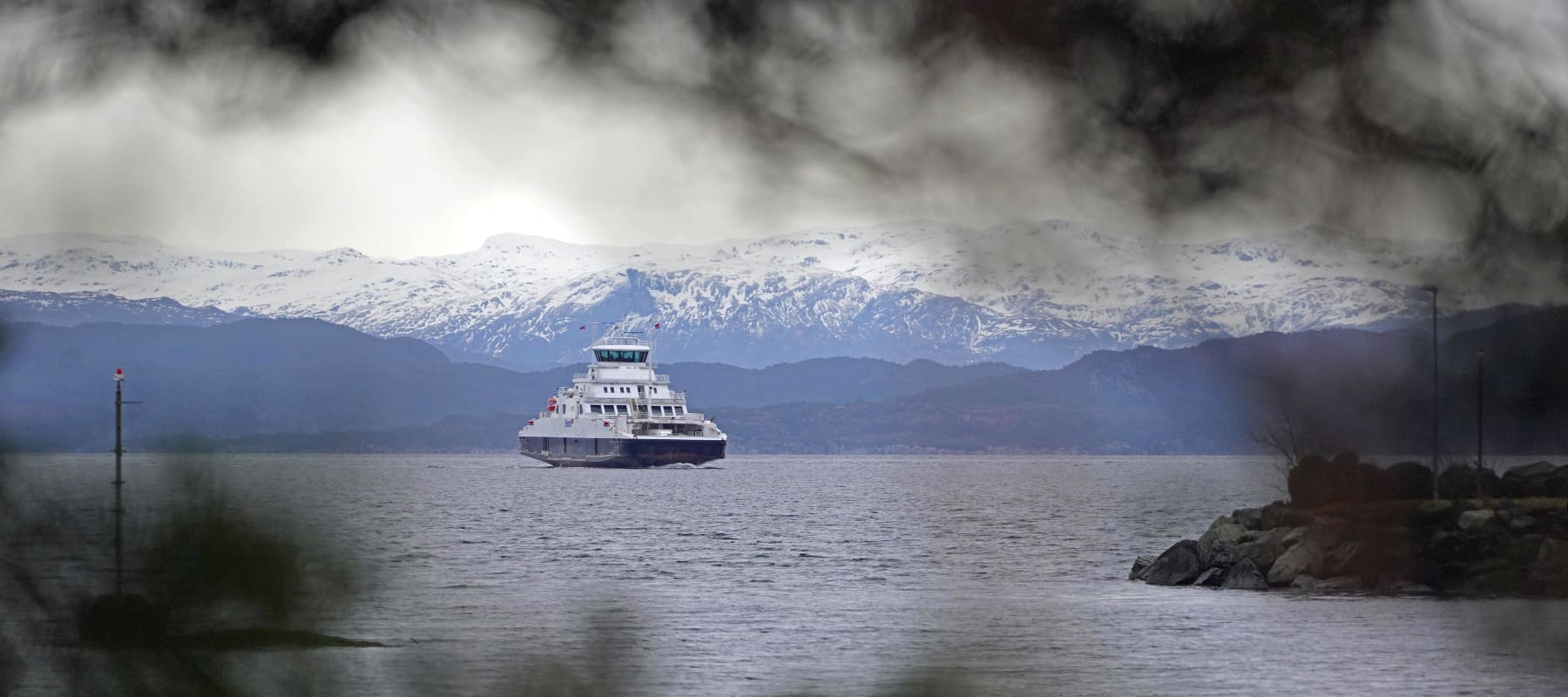A maritime pioneer
In 1858, the county of Nordre Bergenhus started steamship services with its own company Nordre Bergenhus Amts Dampskibe, from 1919 Fylkesbaatane i Sogn og Fjordane (FSF). It was a bold initiative in Norwegian transport history, and the first of its kind in this country. Approximately 60 years later, in June 1920, several shipping companies in Møre og Romsdal made a similar decision to unite to form what was named Møre Fylkes Ruteselskap, from 1949 Møre og Romsdal Fylkesbåtar (MRF).
In May 2001, both of these historic companies were incorporated as subsidiaries into the Fjord1 Nordvestlandske conglomerate. Thus, the company has been a key player in ferry traffic, both in Sogn og Fjordane and in Møre og Romsdal, for approximately 165 years.
From steamships to electric ferries
With fjords and islands dominating the landscape along the coast, the sea and boats have been the lifeline for countless local communities. Over the years, the company has kept pace with technological advancements, from steamships to modern electric ferries, adapting to ever-changing needs and challenges.
Navigating through changes
The Norwegian ferry and passenger boat market has undergone significant consolidations in recent years. In this dynamic industry, Fjord1 has emerged as the leading player with a market share of nearly 50%. To remain competitive, the company has embraced innovation and new technology – along with extensive experience and financial strength – navigating through increasingly stringent requirements and heightened competition.
From public to commercial focus
Formerly driven by public interests, the ferry industry has undergone a substantial transformation towards complete commercialization. From being purely transportation vehicles, companies have had to adapt to an industry marked by competition and profitability demands. Through restructuring and improved contracts, Fjord1 and other companies now operate in a more predictable business environment.
The future is green, efficient, and autonomous
Fjord1 recognizes that future success depends on offering the most efficient operating model. In an industry constantly exploring new technologies, the company leads in investments and innovation. The Norwegian ferry industry now ranks among the best globally in terms of technology, environmental considerations, and safety, and Fjord1 is proud to contribute to maintaining this position.
A rich heritage of names and ownership
Over the years, Fjord1 has undergone several reorganizations and ownership changes. From starting as Nordvestlandske AS in 2001, the company has undergone numerous name changes and ownership structures. From public ownership to private and back again, Fjord1 has continuously adapted to meet the industry's demands and opportunities.
The future of Fjord1
As part of an ever-changing industry, Fjord1 enters a new era with new owners in 2024 and a clear vision to lead the maritime journey forward. With a focus on efficiency, sustainability, and continuous innovation, Fjord1 is equipped to meet the challenges and opportunities of the future with safety at the forefront.
